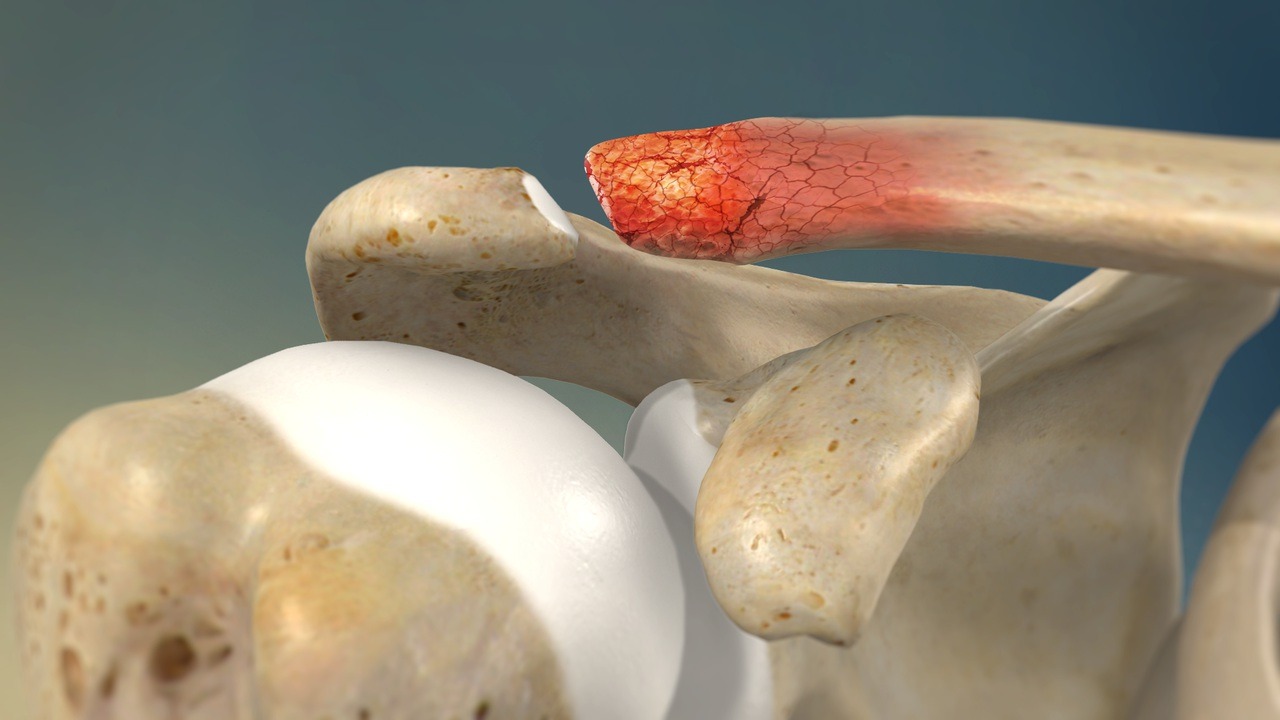- Conditions
- Procedures
- Patient care
- Why choose us
- Our Doctors
- Contact
Shoulder Arthritis Pain

Shoulder Arthritis Condition Overview
What is shoulder arthritis?
It is estimated that nearly a quarter of all adults in the United States have some form of arthritis, according to the CDC. In general, arthritis refers to a condition that causes chronic inflammation in the joints. There are different types of arthritis, but the most common is osteoarthritis which is related to the natural aging process. Since our shoulder joints are put under significant strain on a daily basis, especially for people in physical jobs, shoulder arthritis is a frequently occurring form of the condition.
Although shoulder arthritis is not a reversible condition, it is possible to find treatment that can help manage symptoms and improve function in this part of the body. At USA Spine Care, we’re committed to helping patients learn more about the causes of chronic pain and the therapeutic options available. If you’d like to learn more or have any questions about the following information, please reach out to our caring and dedicated team at any time.
How arthritis develops in the shoulder
The shoulder joints connect the arms to the torso and allow for all the intricate movements we require of our arms as we go through our daily activities. There are three primary bones that connect at the shoulder — the upper arm, the shoulder blade and the collarbone. These bones are held in place and stabilized by a collection of muscles and tendons known as the rotator cuff. Like other joints, the endings of the bones are protected by a layer of rubbery cartilage and lubricated by joint fluid to limit friction.
Over time however, our bodies begin to dry out as a result of the natural aging process. This makes the cartilage brittle and prone to wearing out, while also drying out the joint fluid. The result is increased bone-on-bone contact, causing inflammation in the joint and the resulting symptoms associated with osteoarthritis.
Other forms of arthritis include rheumatoid arthritis, which is an inflammatory autoimmune disease, and posttraumatic arthritis related to complications from serious injuries. The resulting joint inflammation from any type of arthritis causes a common collection of symptoms in most patients.
Shoulder arthritis symptoms
The inflammation caused by shoulder arthritis results in symptoms that can be highly uncomfortable and debilitating for affected patients. The most commonly reported symptoms include:
- Localized aches and pains
- Stiffness and immobility
- A popping sensation known as crepitus
Symptoms can vary depending on the type of arthritis. For example, osteoarthritis may be more pronounced in one shoulder if it is more heavily used, while rheumatoid arthritis tends to occur equally across the body. Any patient experiencing shoulder pain and stiffness that does not improve within a few days to a week should see a doctor for diagnosis and treatment.
Diagnosing shoulder arthritis
Like other conditions, the first step in diagnosing arthritis in the shoulder is for the doctor to perform an evaluation. This typically begins with a review of your medical history, questions about your family’s health to determine if there is a history of arthritis or other inflammatory conditions and a hands-on examination to test for range of motion and painful spots.
Next, your doctor may order tests to confirm the presence of arthritis, including diagnostic imagery and injections. Diagnostic imagery such as an X-ray or MRI can show narrowing in the shoulder joint space as well as bone spurs, which often indicate arthritis.
If a physician determines shoulder arthritis to be the source of symptoms, the next step is to develop a comprehensive treatment plan to manage symptoms.
Shoulder arthritis conservative treatments
For any form of shoulder arthritis, the initial treatment recommendation will usually consist of conservative, or nonsurgical, treatment. Since arthritis is not a curable condition, the goal of treatment is symptom management and improved function.
Specific treatment plans vary from patient to patient depending on the type of arthritis and the severity of symptoms, but will generally consist of the following:
- Periods of rest and changing activities to prevent overuse and strain
- Taking over-the-counter medications, including nonsteroidal anti-inflammatory drugs (NSAIDs) to reduce pain and stiffness
- Physical therapy to mobilize the joints and strengthen supporting muscles
- Corticosteroid injections to reduce inflammation for periods of weeks or months
- Lifestyle changes, such as adopting an anti-inflammatory diet
It can often take some trial and error to find the right combination of treatments that work for an individual patient. However, conservative treatment can be effective and many people are able to experience a good quality of life after a diagnosis of arthritis.
Shoulder arthritis surgery
For shoulder arthritis, surgery is generally seen as a last resort and only if the physician finds an operable condition. Using a small incision and direct visualization instruments, a surgeon can access the arthritic shoulder and remove small amounts of tissue, such as bone spurs, that are restricting movement and causing discomfort.
In more severe cases, surgeons can also perform a full or partial shoulder joint replacement if the shoulder joint has become more seriously damaged. In this procedure, the surgeon will remove the damaged portion of the shoulder joint and replace it with a fitted artificial joint.
Learn about shoulder arthritis treatment
At USA Spine Care, our team has extensive experience in helping patients diagnosed with shoulder arthritis get back to the people and activities they’ve been missing. We have a wide range of conservative and surgical treatment options at our state-of-the-art facilities. To learn more, contact us today
Call toll free 1- 866-249-1627.
